Photography has this rare power: it sharpens the blur of passing time. It transforms what’s fleeting into something tangible—an image that lingers, not just on paper or screen, but in the mind. A single photo can stir emotions, summon reflections, even reveal truths we didn’t notice in the moment—or thoughts we didn’t know we carried. But for any of that to happen, we have to be present. Not just physically, but emotionally. And that’s the hard part. Distractions creep in, often from within. Doubt, too. Even the gear, meant to help, can get in the way, turning clarity into clutter. Instead of seeing with the heart, we fuss with a machine.
And I see that everywhere now. Scroll through social media, and it’s not just photos—it’s cameras, film stocks, lens specs. Don’t get me wrong, I love gear. A Leica still lives in the realm of dreams for me. But somewhere along the way, my obsession with carrying multiple bodies and lenses—my fear of missing the perfect shot—turned practice into performance. It stopped being a practice of presence.
I hesitated to even write about this—hasn’t it all been said before? Podcasts, YouTubers, photographers… this theme comes up again and again. But something in me shifted recently. I used to resist putting limits on how I approached documenting experiences. I feared constraints might stifle creativity. But now I’m beginning to wonder—were they the key to deeper focus all along?
Last week, I stumbled across a YouTube episode by Raw Society’s Jorge Delgado-Ureña. He was talking about the 28mm lens, one of my favorites. I almost scrolled past it. Glad I didn’t because what stayed with me wasn’t the lens talk. He said something deeper that made me pause the video, grab my field notebook, and reach for a favorite fountain pen to write it down:
“Using the world to say something about photography versus using photography to say something about the world.”
That hit me in more ways than one, so much so that I began to wonder if I had crossed that line. Was I using the world to chase photographic perfection, letting my fixation on gear cloud the moment? Or was I still using photography to say something honest about what I saw, felt, believed?
There was a time I walked with one camera, one lens, and all the clarity I needed. So what was I missing now?
The question of why I photograph has haunted me throughout my creative journey. Each time I pause to reflect, the answer pulls me backward, not into abstraction, but into memory. My roots stretch to the mid-1980s, when two sanctuaries took shape: the darkroom’s alchemy and the rhythmic clatter of a typewriter.
It began in middle school, where a photography course taught me to coax moments from shadows, watching them emerge like ghosts in chemical baths. A few years later, Walter Tevis’ Mockingbird—a novel steeped in the quiet tragedy of a literate world gone mute—lodged itself in my psyche. Parallel to developing film, I began to explore the world of developing thoughts and talking to myself through journaling. I’d retreat to my bedroom, fingertips dancing over typewriter keys, imprinting onion-skin pages with ruminations of moments lived and how I felt about them. Those translucent sheets became vessels for everything adolescence churned up: longing, rebellion, the dizzying weight of possibility, even loss.
Photography froze time; journaling traced its pulse in ways the images could not. One frame, one sentence at a time, I learned to hold life still—to honor the transient and frame the overlooked.
These habits became rituals that planted something lasting in me—a reverence for words, reflection, and stillness —a stillness that must be guarded, fiercely and gently.
Photography, like writing, is more than just documenting the visible or the lived. Both are rituals of attention—a way of listening to the world. But somewhere along the way, that ritual grew noisy. Choices multiplied; the chase for perfection began to clutter the process. Rick Rubin’s guidance in The Creative Act cuts through the static: “Limit your practical choices to free your creative imagination.” This wasn’t just permission to shed the constraints that had stifled recent photowalks. It felt like an invitation to return—to recenter, to hear again.
Something shifts when I walk with one camera, one lens, and nothing to prove. The noise fades. The world comes into focus—not just optically, but inwardly. My vision, my voice, begins to untangle and speak more clearly. The moments start finding me, instead of me chasing after them. I am rediscovering how constraints have the power to, strangely and beautifully, set us free by anchoring us in the now. They teach us to surrender and trust what we already hold in our hands.
And in that state, when I’m listening, present, I begin to feel like what Joel Meyerowitz once called photographers in an episode of a favorite photography podcast: “moment collectors”.
To be a collector of moments is to slow down—to listen, to linger where others hurry past.
This isn’t a manifesto against extra gear. Jorge’s talk on the 28mm lens said it best: “Meet the moment on its own terms.” At its core, photography isn’t a negotiation with rules or gear. It’s a conversation. We listen with our heart and eyes, respond with our tools, and frame what feels true even when words fail.
The moments we collect become mirrors—not just reflecting the photographer, but pooling the light of both maker and witness. Like dog-eared pages in a shared library or songs passed between strangers, they reveal quiet truths. Not about the artist alone, but about the human gaze itself: how we see, how we’re seen, what we hold in common.
So I return to Jorge’s line, the one I carry like a compass: Use photography to tell the truth. Not to hunt perfection, but to follow what stirs, what pins our shared gaze, what whispers.
The images below are from a weekend trip with my wife to a friend’s weekend property in the Mazahua region, two hours northwest of Mexico City.
Here is the video that sparked some of the reflections above.


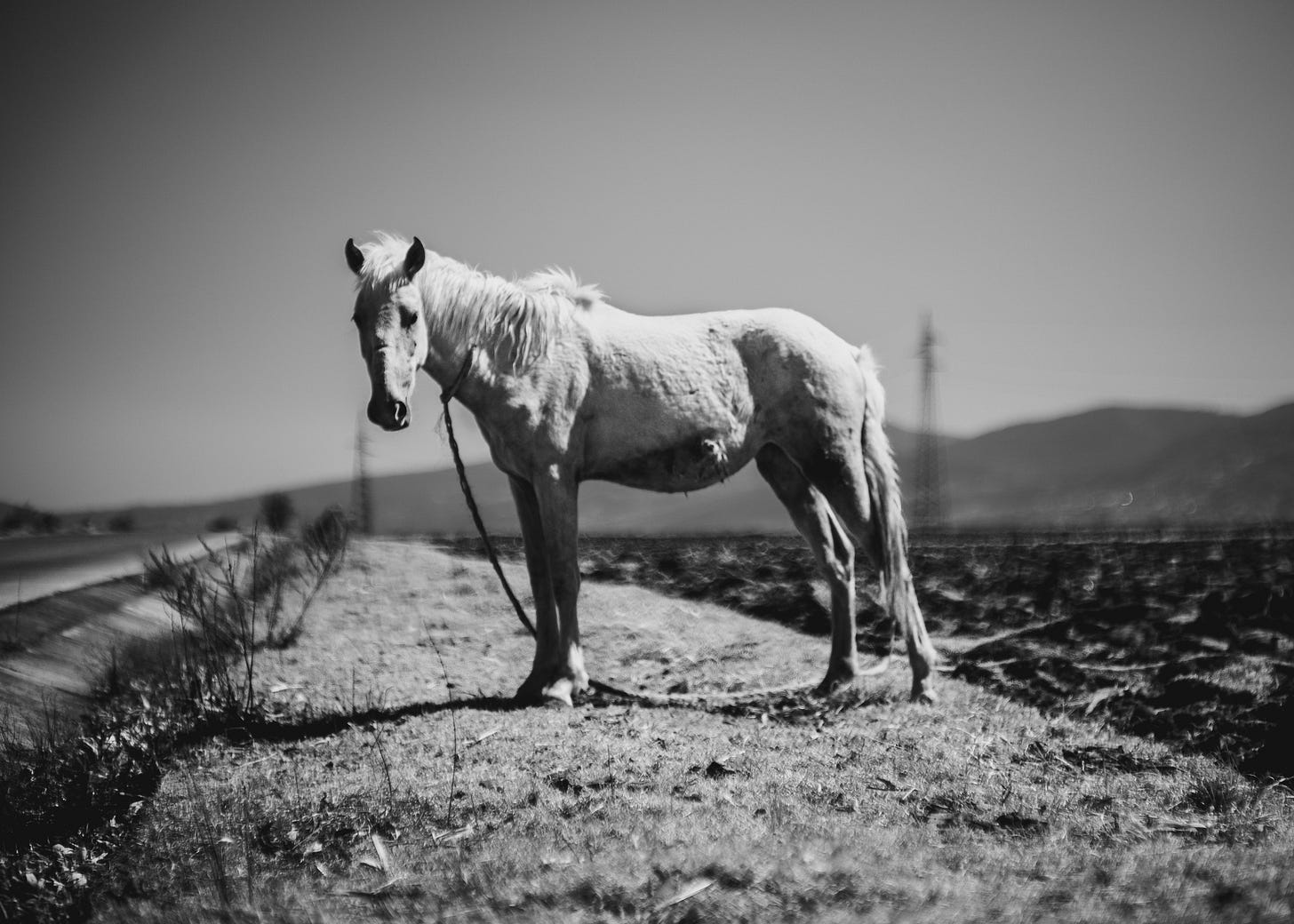
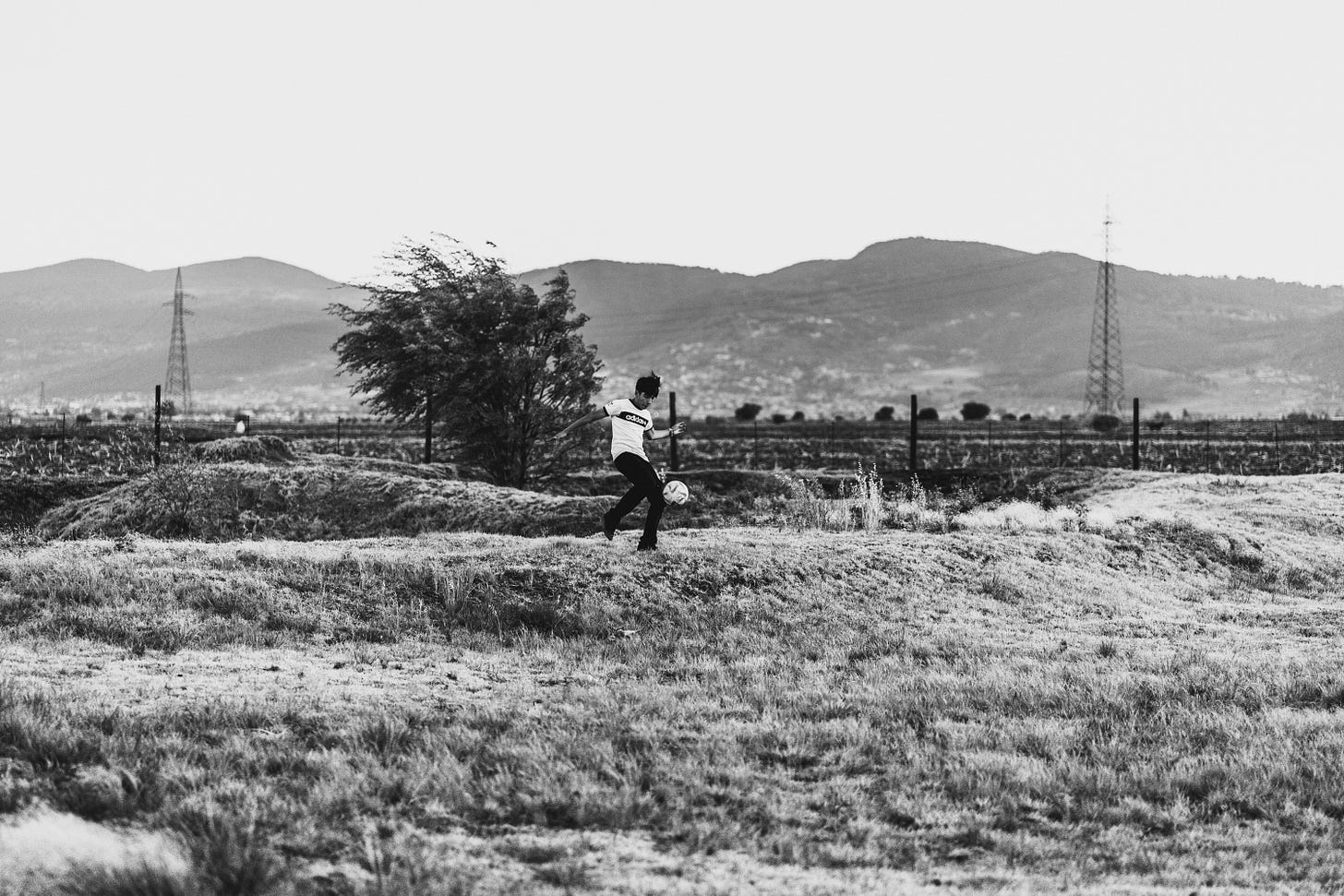
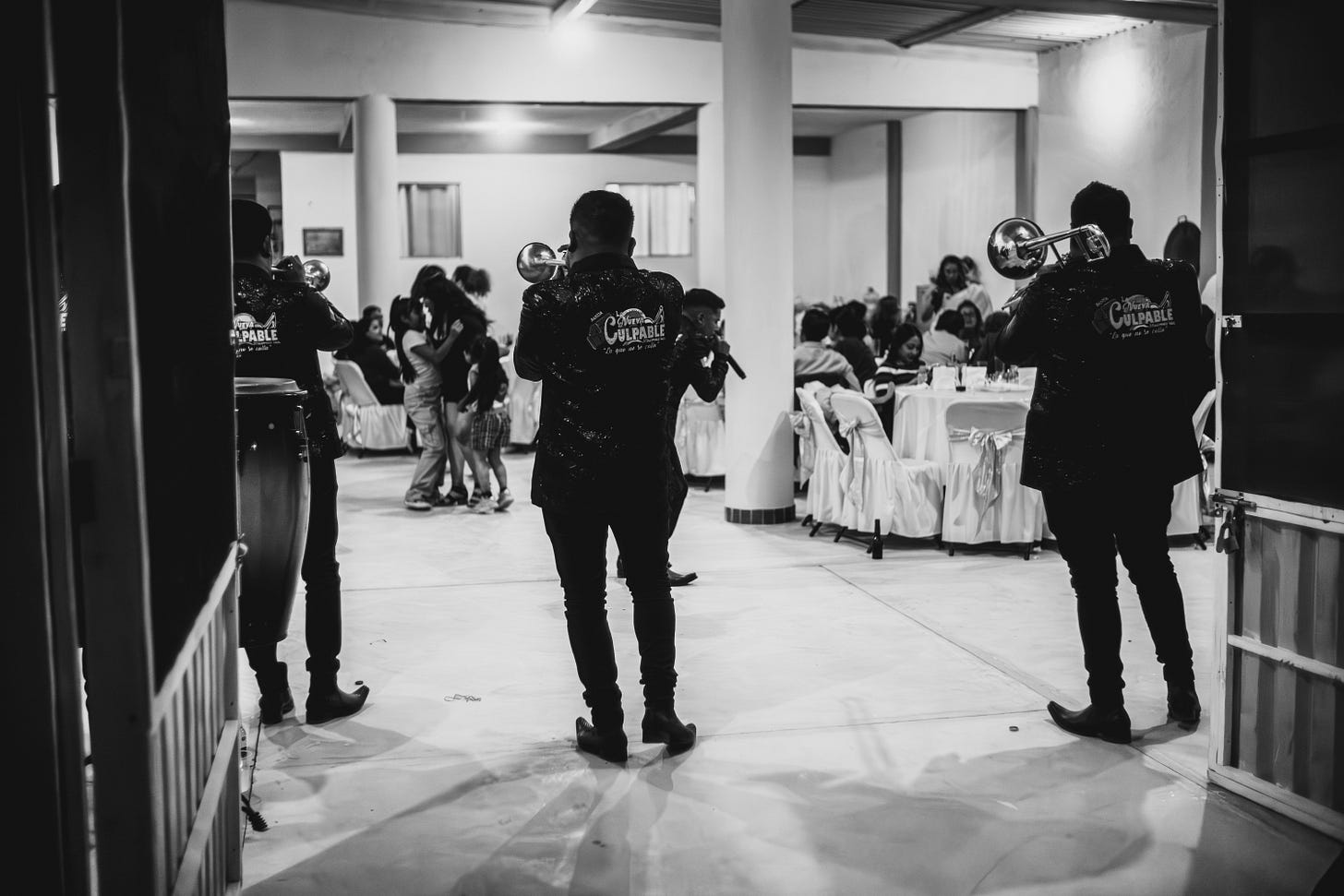
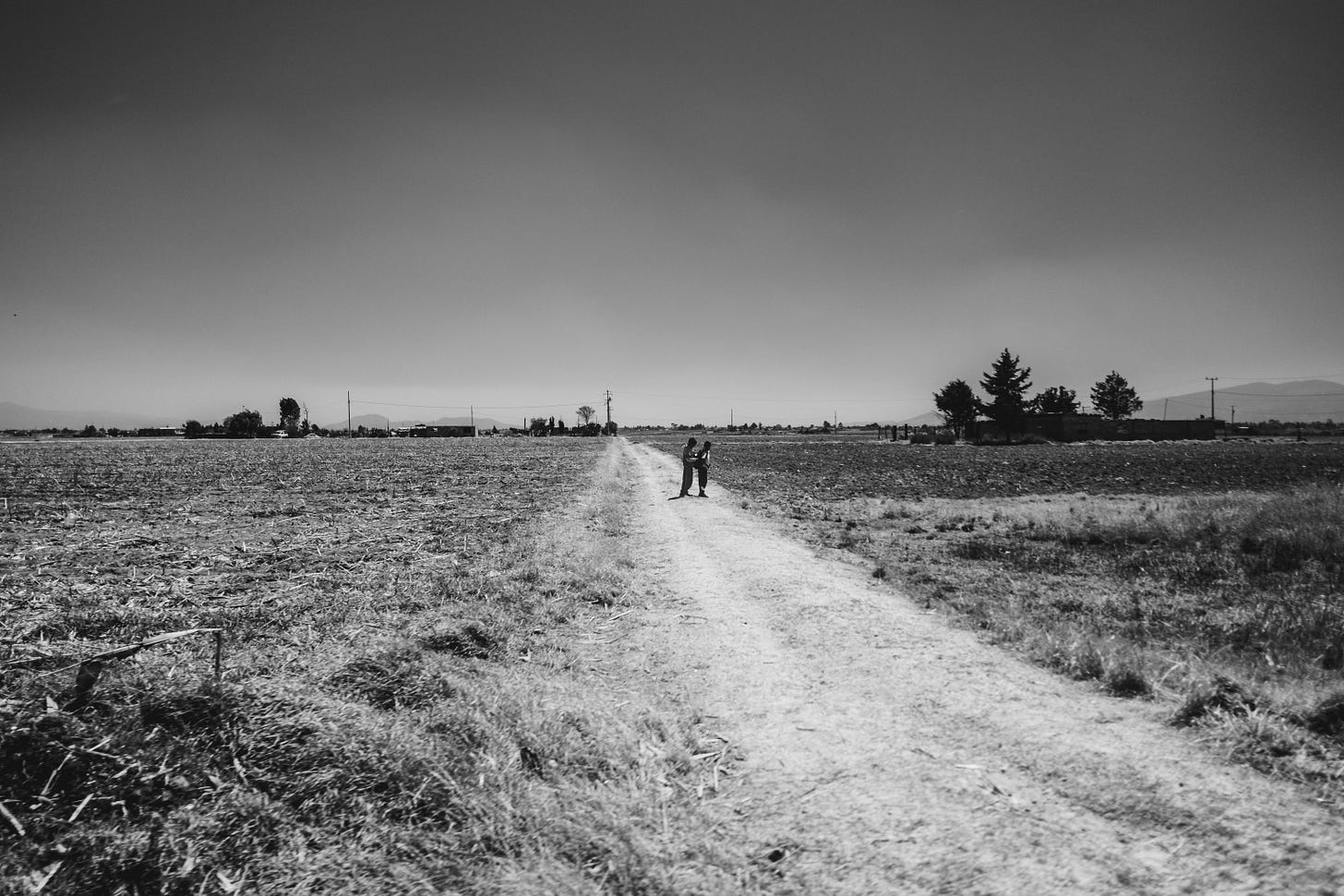

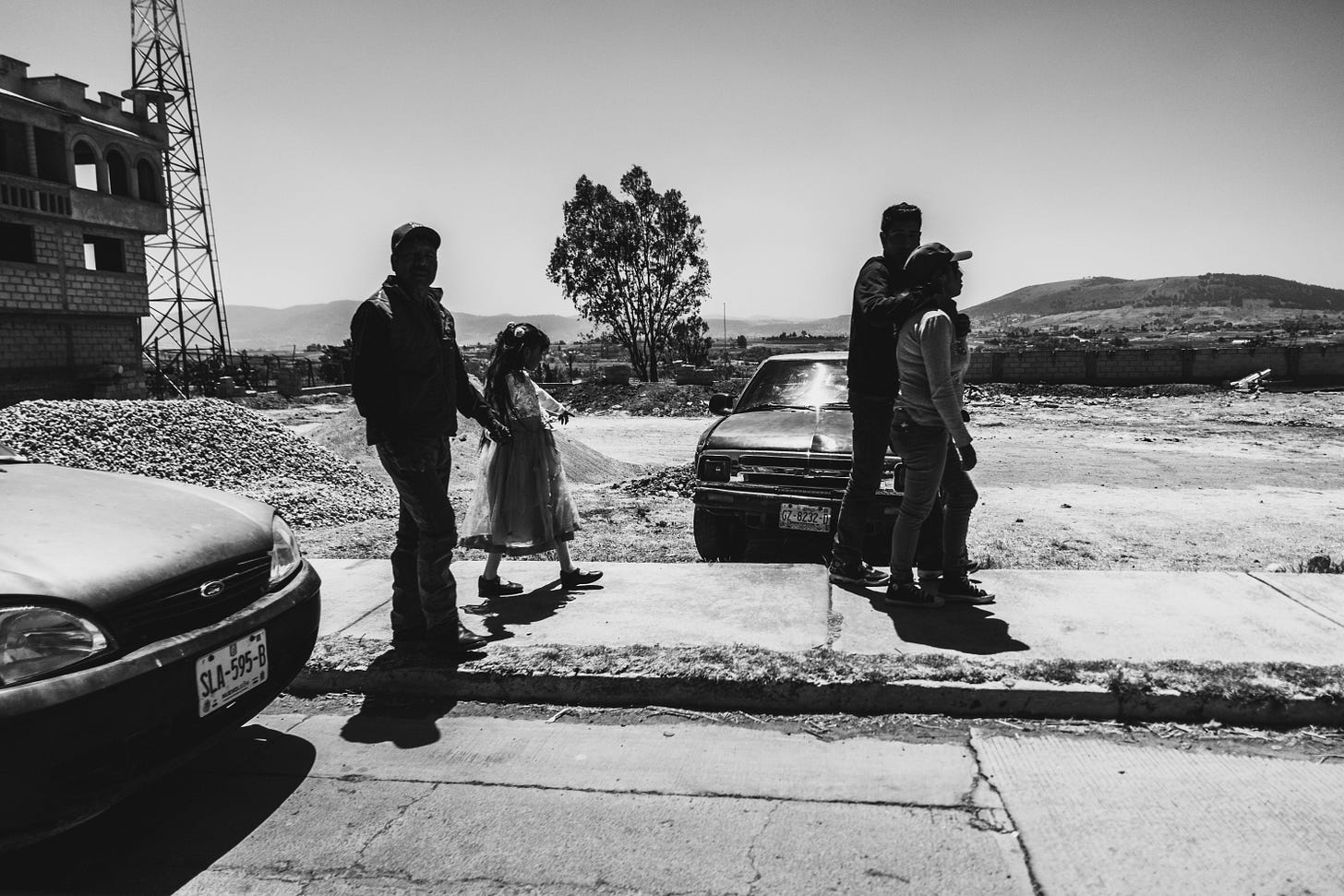
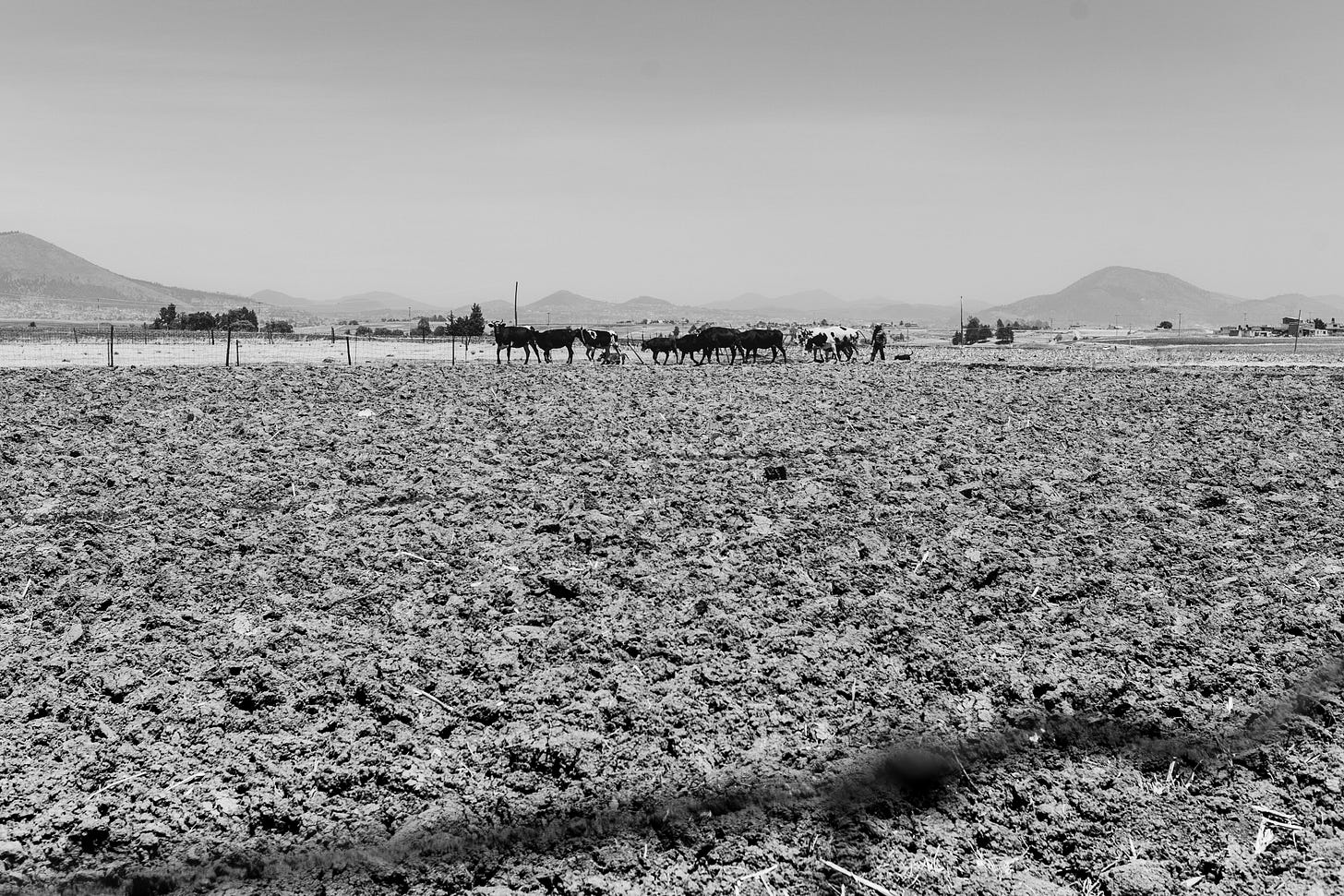
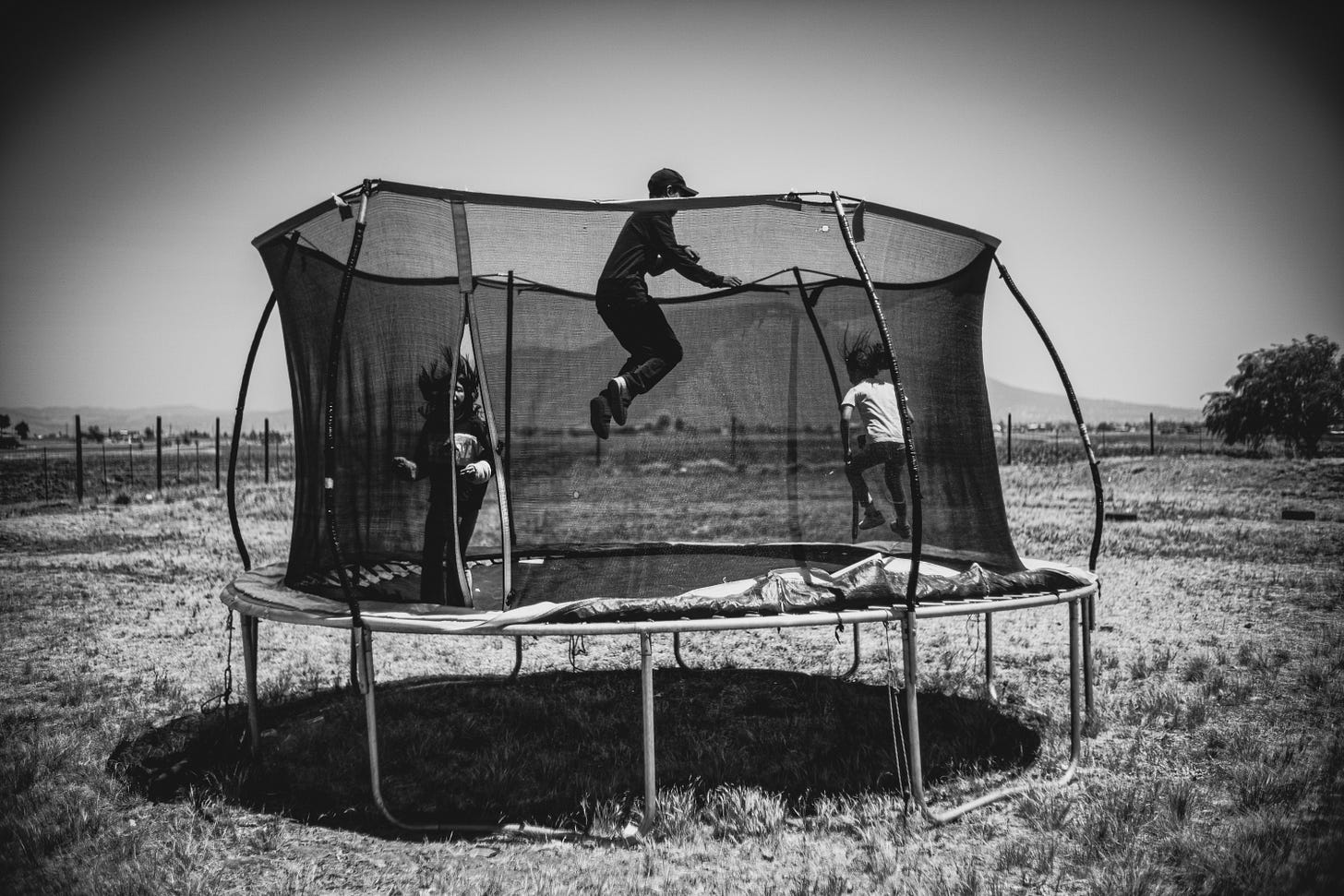

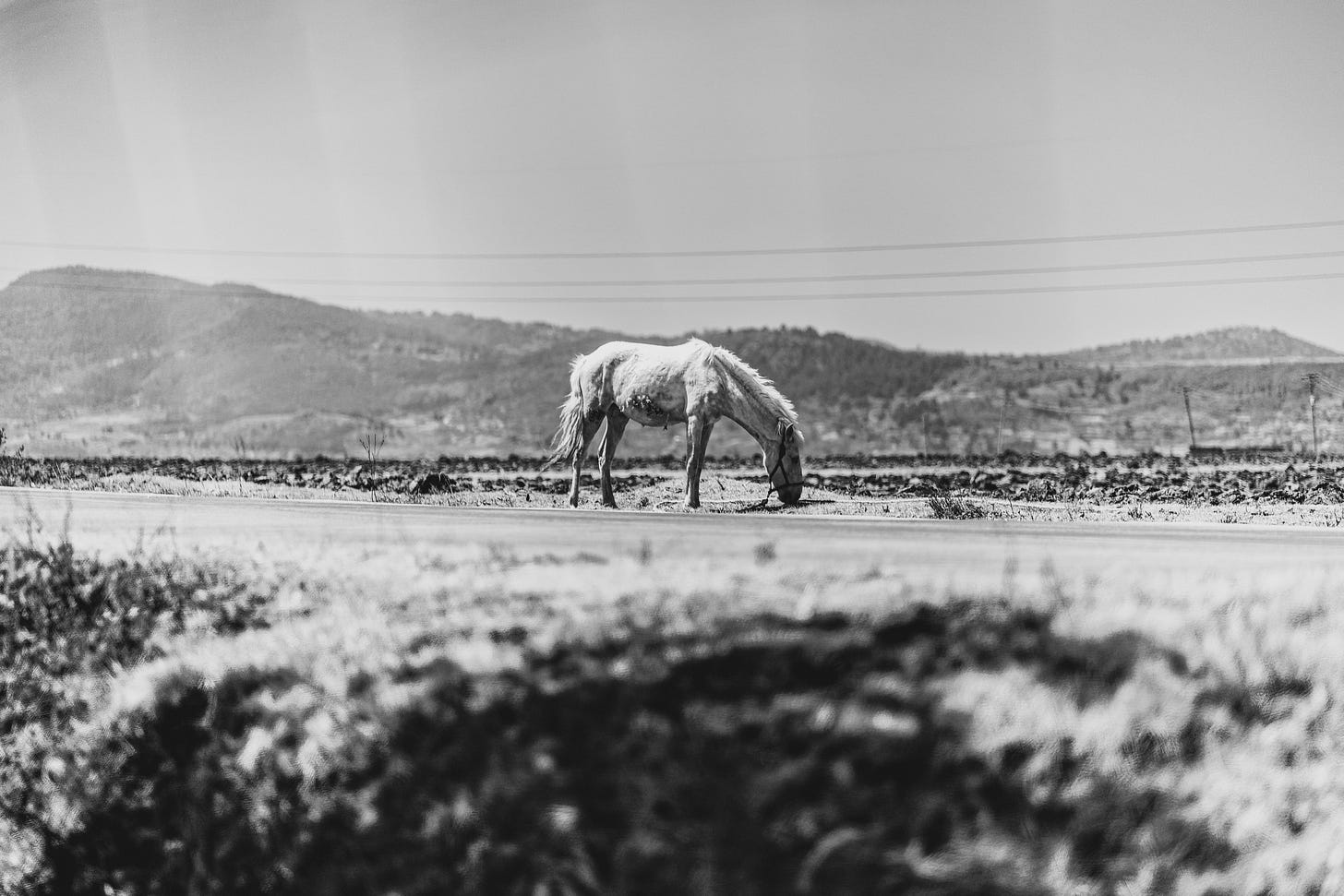
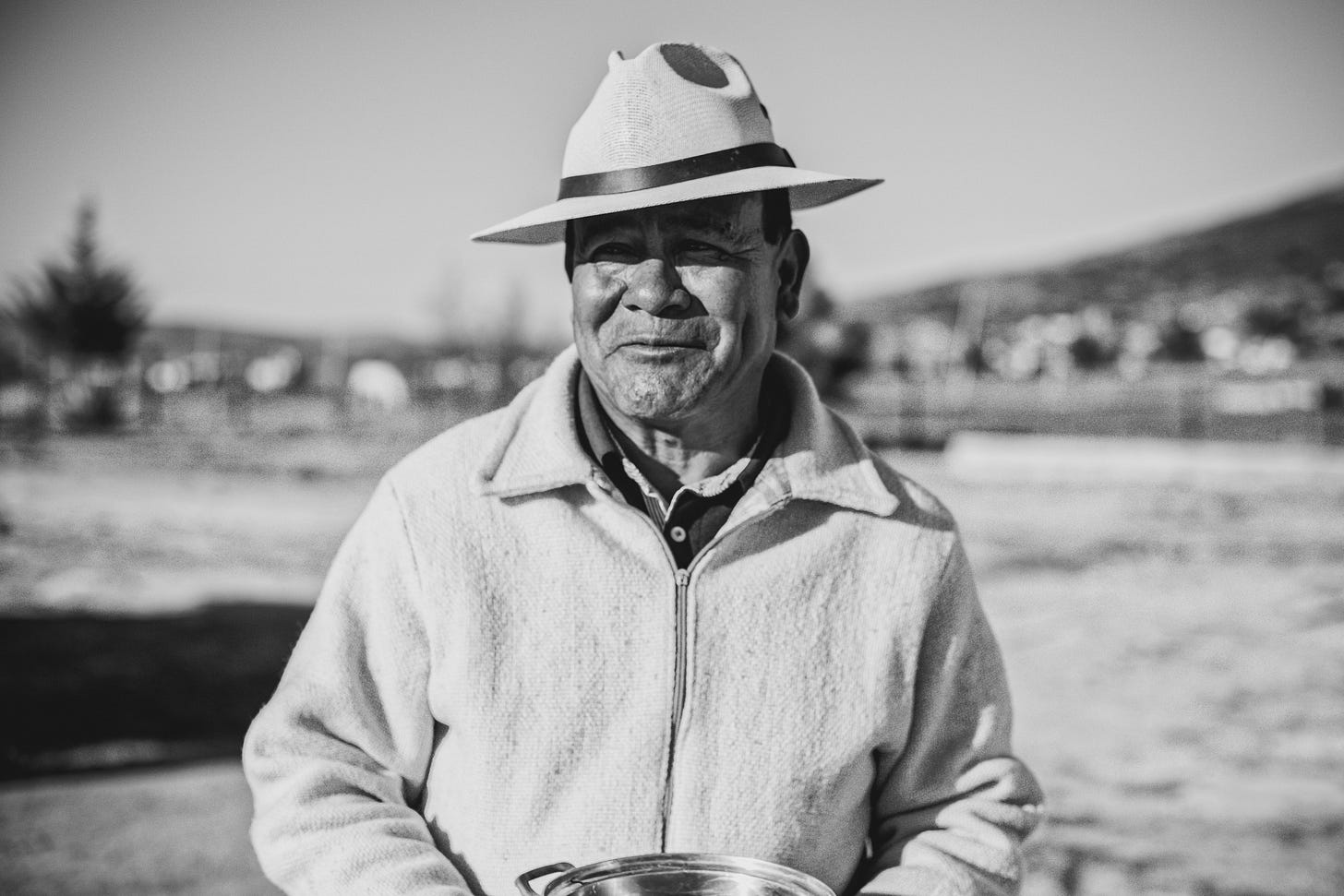
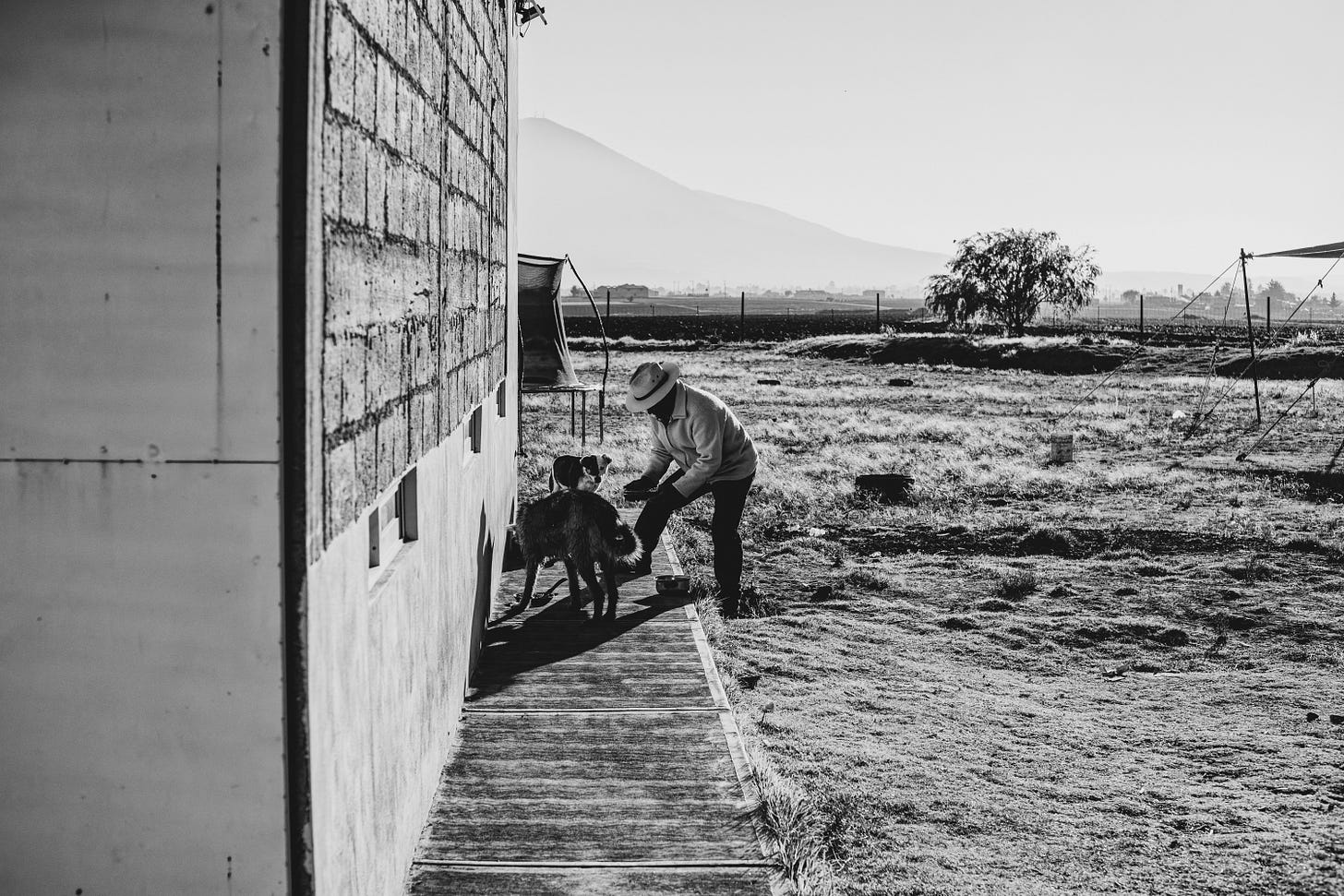
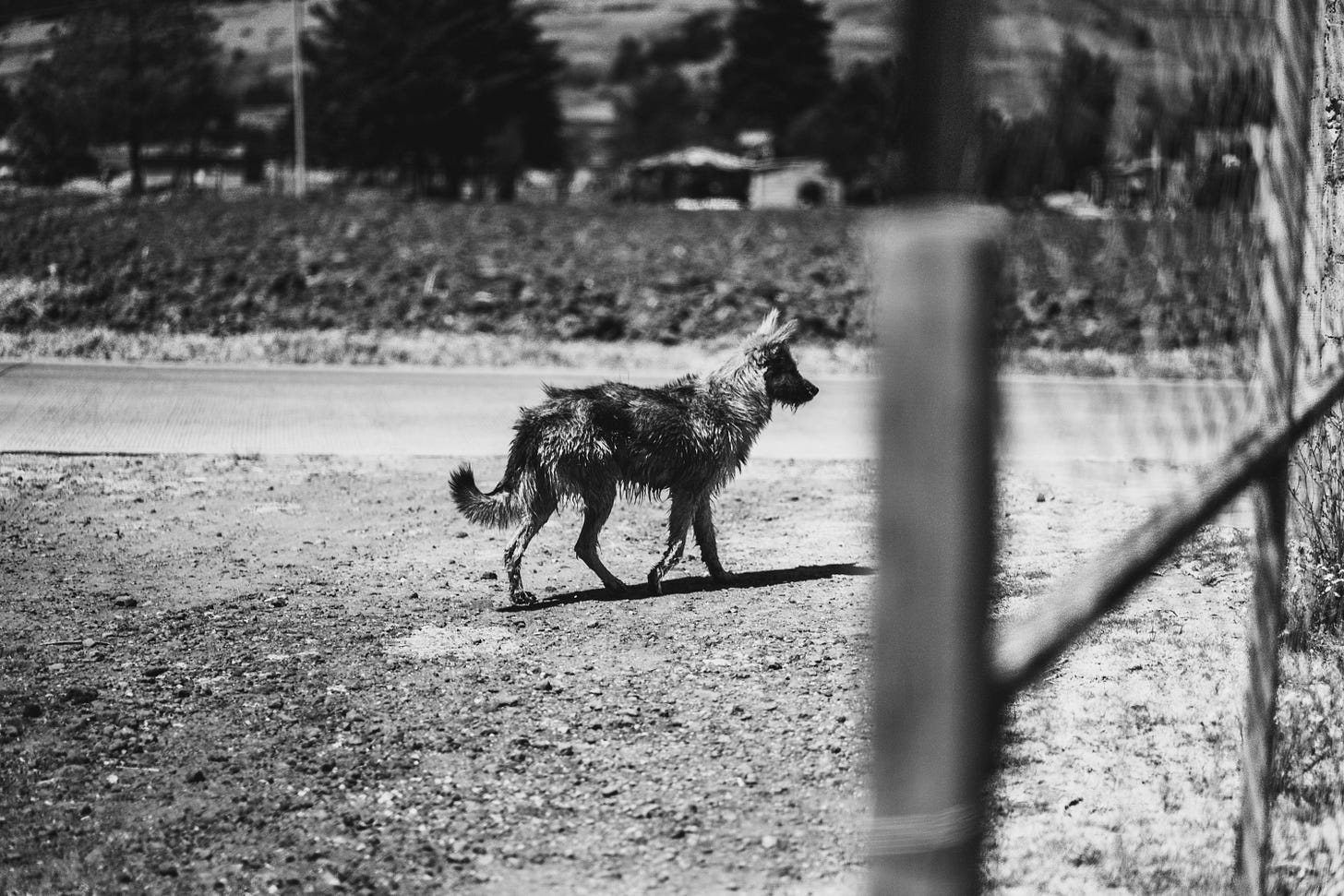
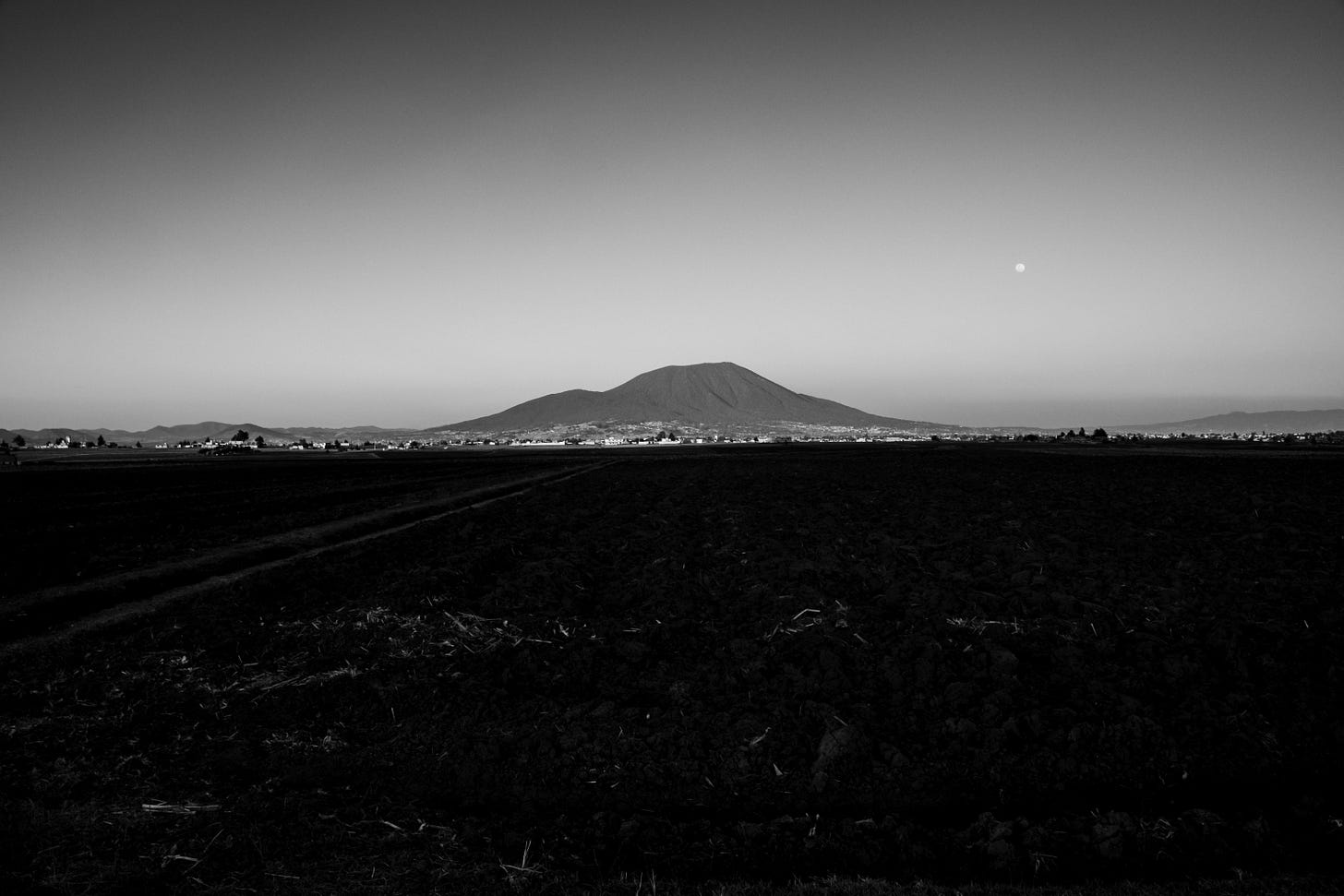
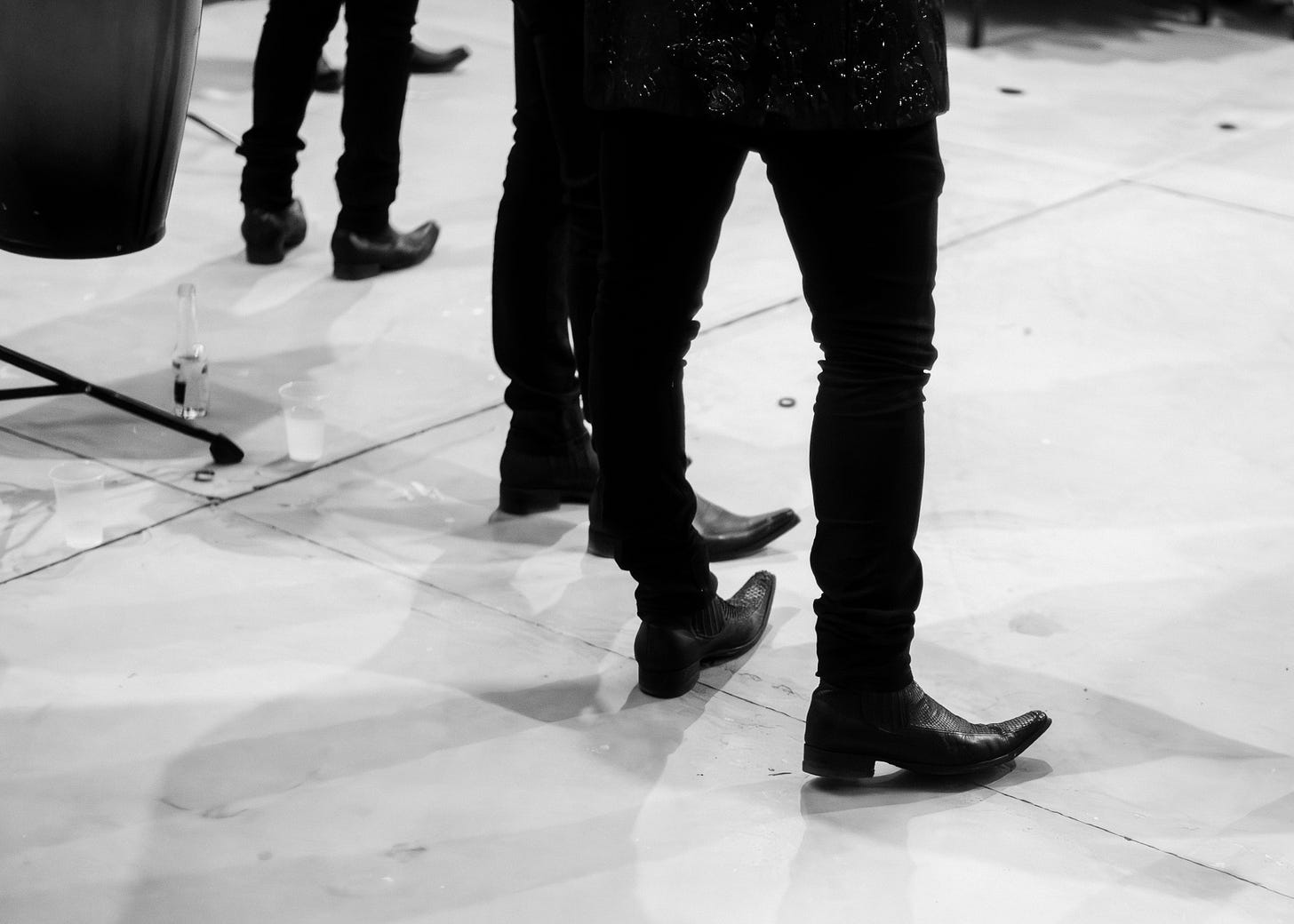
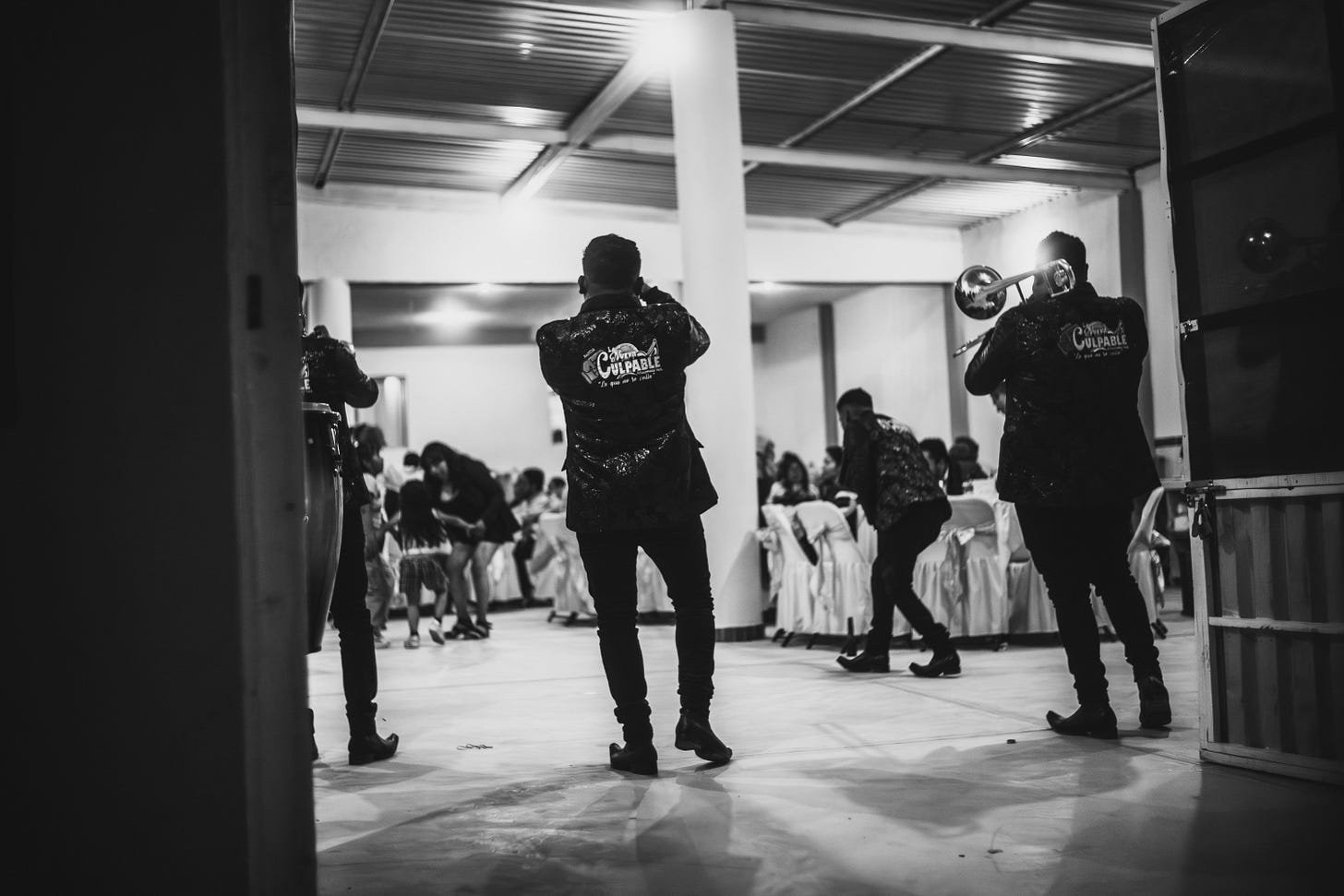
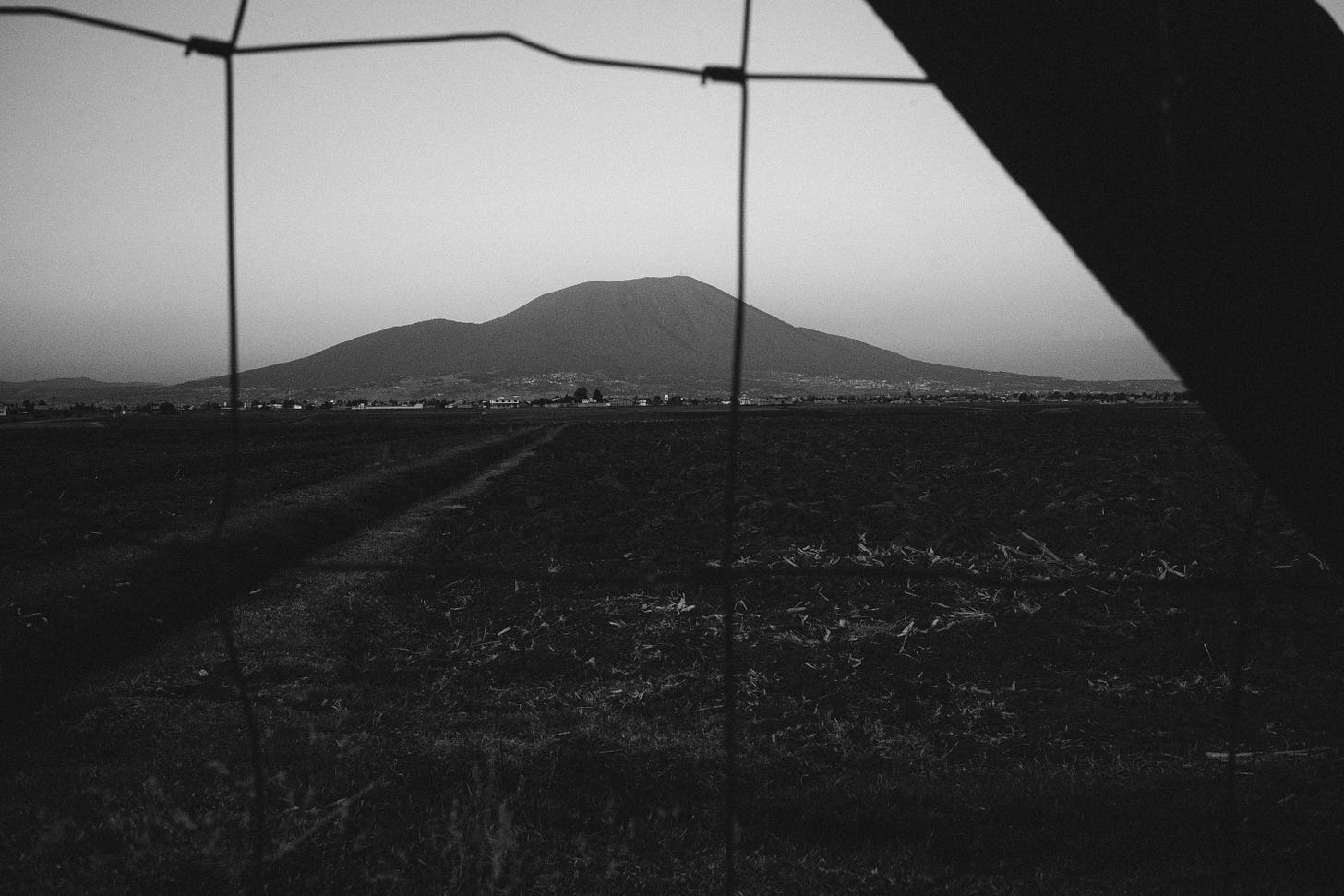

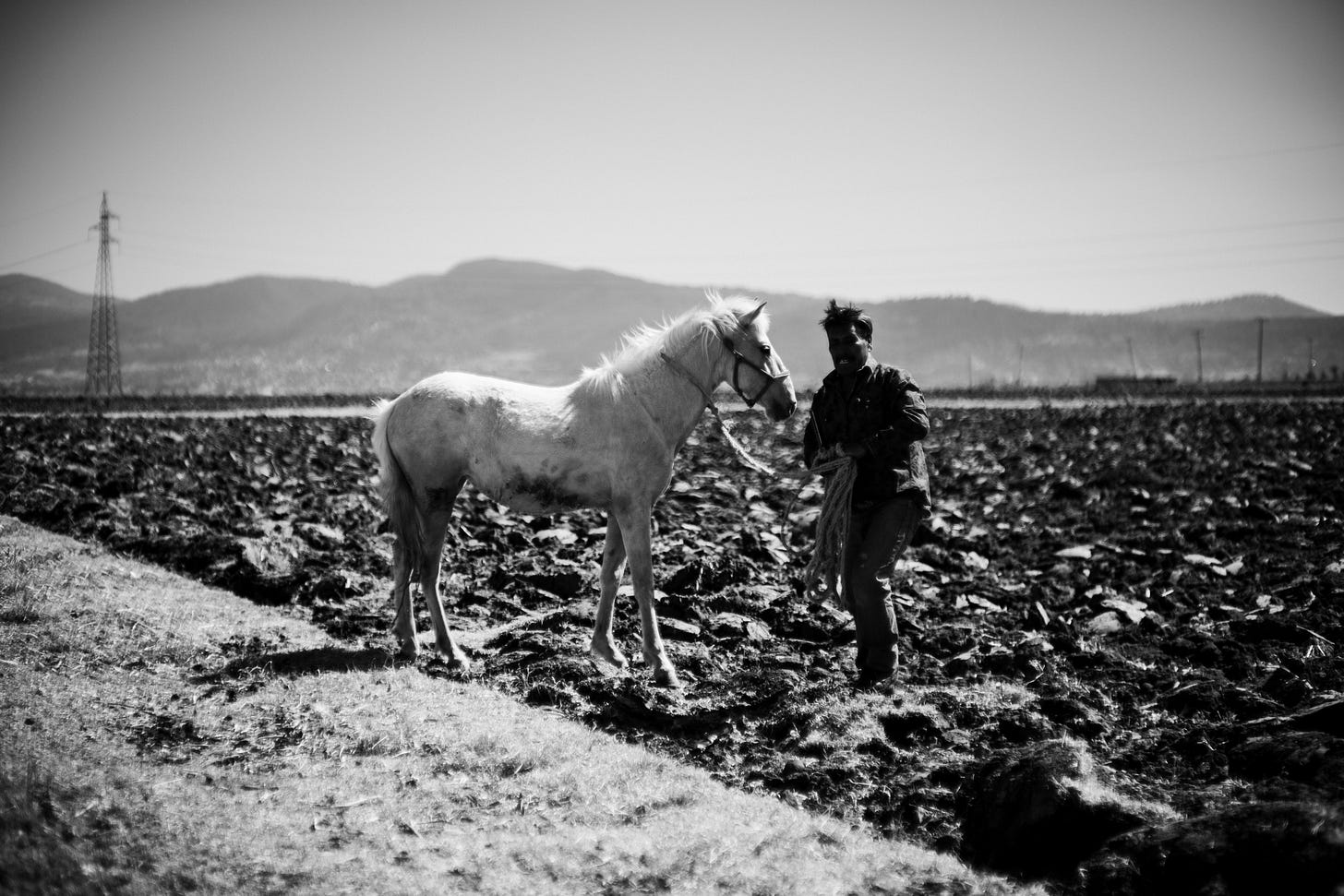
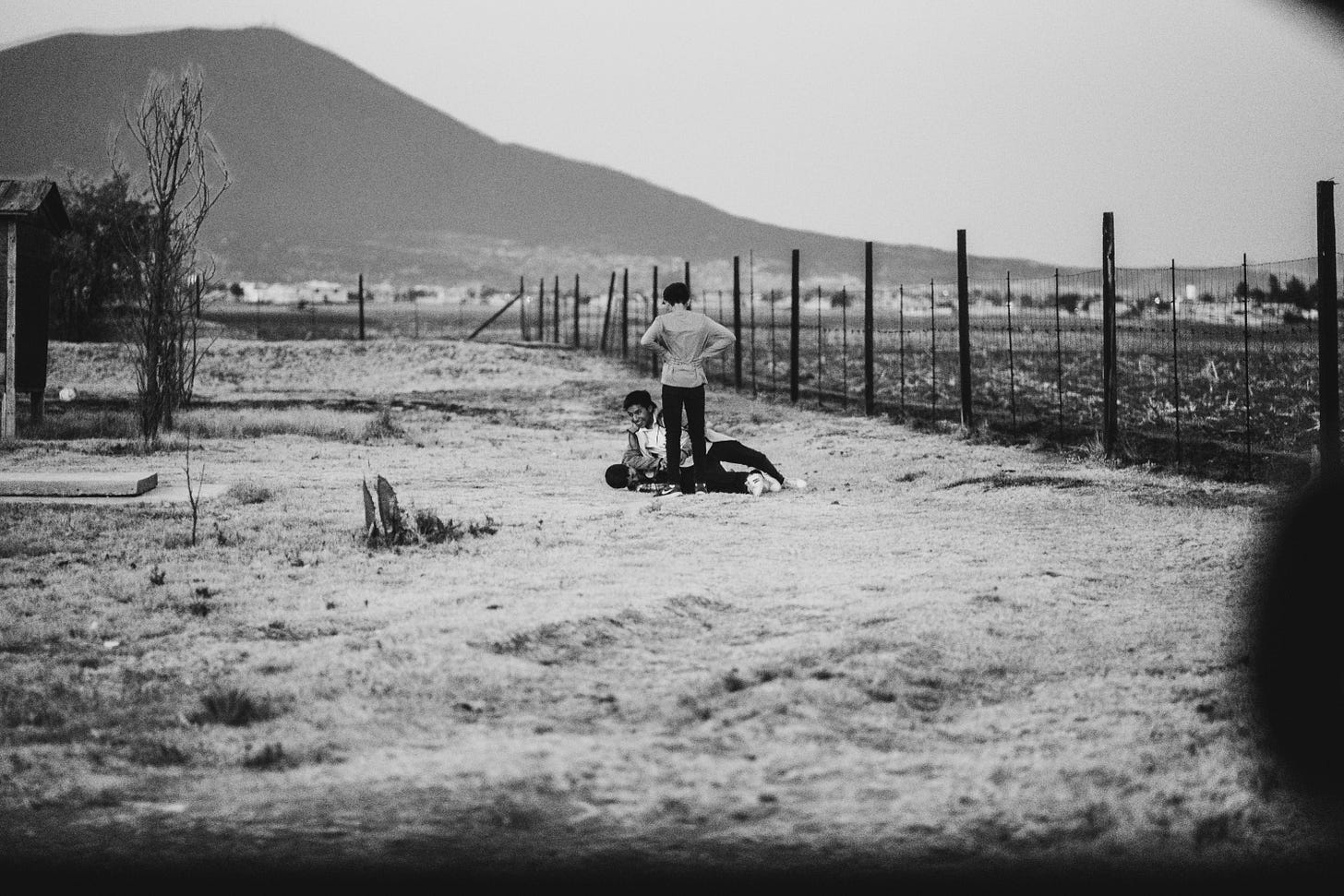
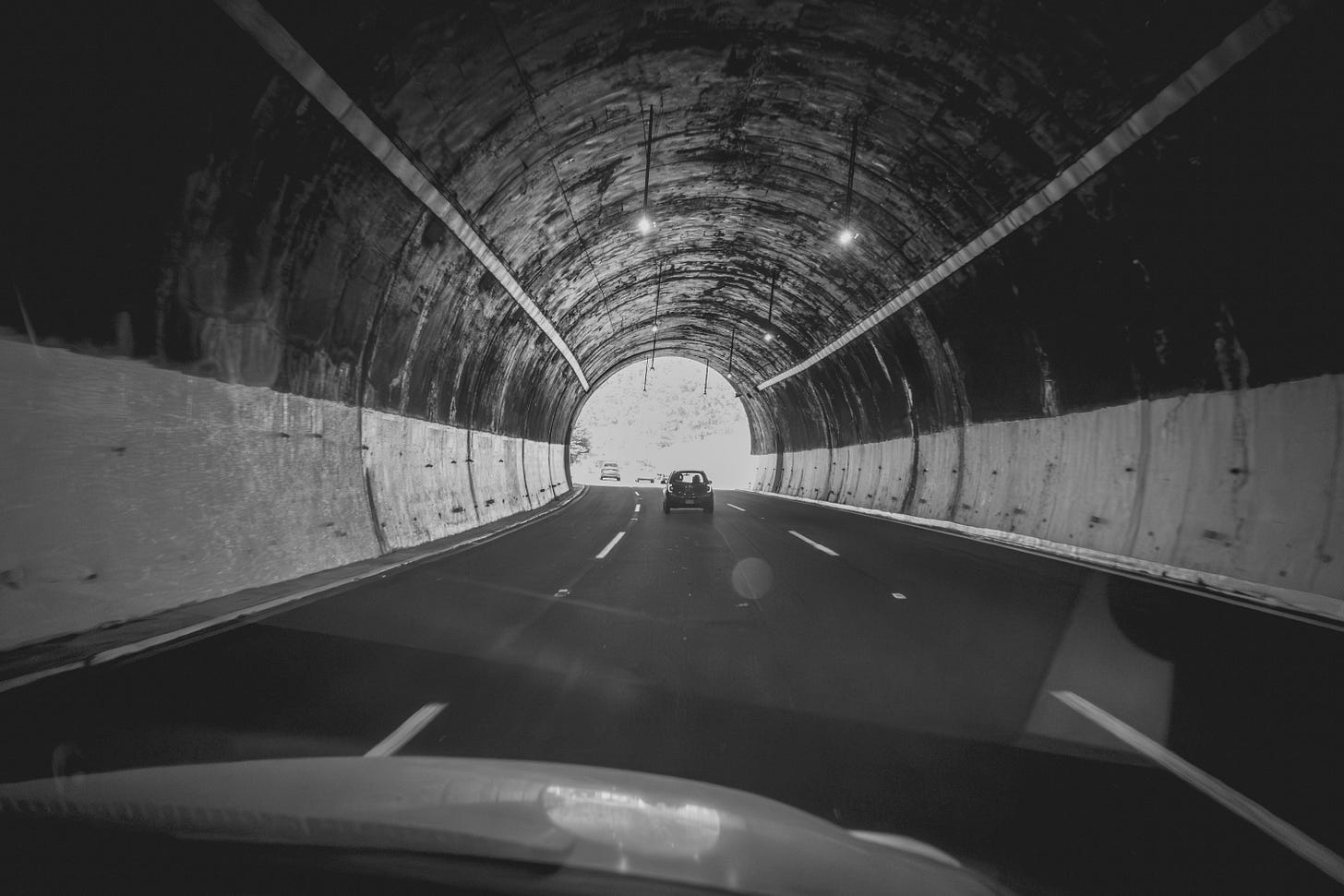
In my case, I like the occasional finding, the unplanned stuff, the surprise. Serendipity. Put on the words of Ansel Adams: “Sometimes I arrive just when God's ready to have someone click the shutter.” We've plenty of folks looking for perfection in social media. A lot of artificially planned beauty - or "beauty". You wrote a great deep post on the topic. Loved your line: "Something shifts when I walk with one camera, one lens, and nothing to prove." Yep, and sometimes one only walks with the phone. There is nothing to prove if one works hard to kill the ego.